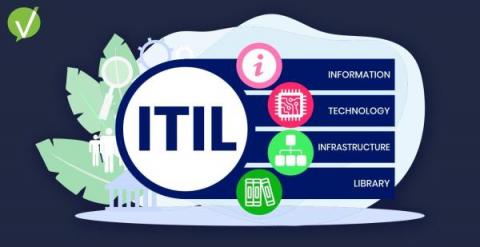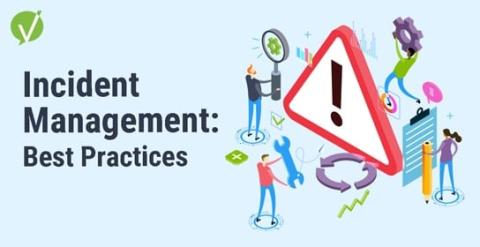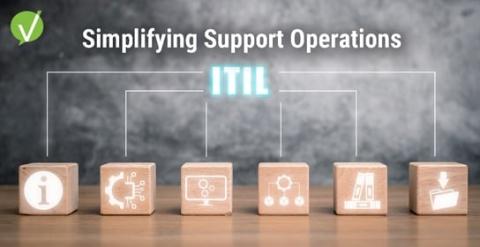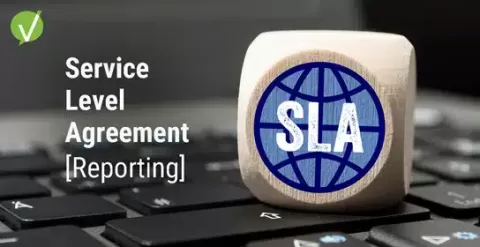ITIL 4: The Future of IT Service Management
ITIL (Information Technology Infrastructure Library) is a framework for IT service management that has been widely adopted by organizations around the world. ITIL 4 is the latest version of the framework, and it includes several significant updates and changes from previous versions. In this post, we’ll explore what ITIL 4 is, how it differs from previous versions, and the benefits that companies can expect from implementing it, with statistics and data to support the claims.











